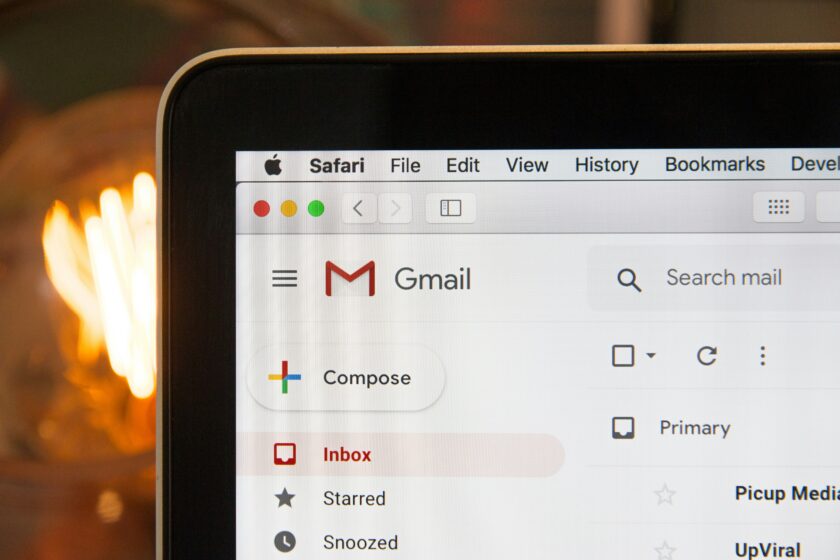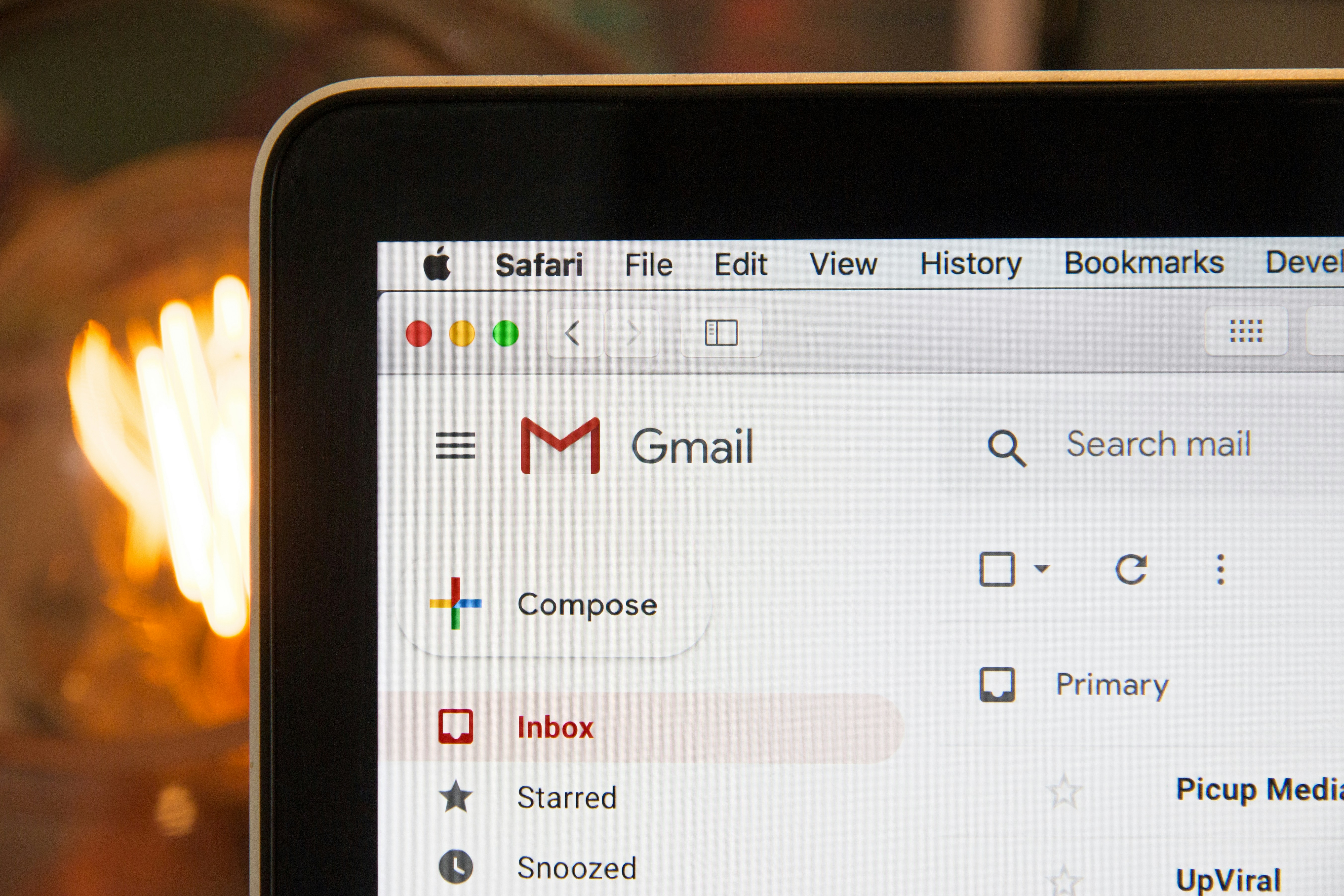3 Ways to Protect Your Domain Email

Your domain email is one of the most critical means of communication in your business today, be it customer-facing or internal. But that same aspect that gives emails their power-the inherent trust within them-is also a weakness. The bad guys still spoof-you know, send fraudulent emails from what looks like you. In order to protect your domain email against such threats, it is relevant to take some protective measures. Below, we show three effective ways to keep your domain email secure and protect your communication channels from unwanted guests.

SPF – Sender Policy Framework
SPF stands for Sender Policy Framework, which is the very first line of defense against spoofing. SPF works by specifying which mail servers are allowed to send emails on behalf of your domain via a DNS TXT record. That prevents unauthorized servers from spoofing your domain in outgoing emails.
SPF-enabled receiving server’s cross-check the sender’s server details with the domain’s SPF record when an email is sent. If the server isn’t listed as authorized, the email can be flagged or outright rejected.
However, SPF does have a couple of downsides: it neither authenticates the “from” field nor reports it out of the box. Because of the above, some tools such as Post SMTP expand on that with very in-depth detailed logging and notification. But this added layer of in-depthness in monitoring serves to ensure better delivery service of emails and notifies when well in advance in scenarios of potential problems, and hence makes SPF a rock-solid foundation to begin against protecting your domain emails for sure.
DKIM – Domain Keys Identified Mail
DKIM is another way to go an extra mile with e-mail security: it puts a digital signature in your emails. This is added into the email header and verified by the recipient’s server to verify that the message came from an authorized user of your domain.
The secret to DKIM’s effectiveness lies in cryptographic keys. A private key creates the digital signature; a public key, stored in a DNS TXT record, allows recipients to check that signature for authenticity.
By validating emails, DKIM improves deliverability and can’t be marked as spam. When combined with SPF, DKIM forms a deadly one-two punch against spoofing and ensures the integrity of your domain email.
DMARC: Domain-Based Message Authentication, Reporting, and Conformance
DMARC is considered the gold standard in domain email security by putting SPF and DKIM into a protective framework. This protocol not only authenticates emails but also gives detailed reporting of their delivery and spoof attempts.
DMARC enables domain owners to define policy actions to be performed on messages that fail SPF and DKIM checks: messages can be quarantined, rejected, or flagged to minimize their impact on recipients.
DMARC provides really valuable reporting. It will give detailed reports on how the emails are performing: delivery or potential threats, thus helping a business to be one step ahead. With complete support from some email providers still unavailable today, its adoption rate grows very fast, hence making DMARC an indispensable tool in your domain email security.
Why You Need to Take Action Now
It doesn’t take hours and hours to protect your domain email, but it does take some strategy. You can reinforce your email infrastructure by implementing SPF, DKIM, and DMARC and greatly reduce the chances of spoofing.
However, email security is not a “set it and forget it” solution. The regular review of reports provided by the tools lets you identify some form of vulnerability that hinders your domain email remaining secure. Cybersecurity is an ongoing process, and vigilance is the lone factor that can keep it safe from hackers.
Conclusion
One of the most prized assets is your domain email, and this needs to have the strongest protection. Put in the right combination-SPE, DKIM, and DMARC-and you will definitely experience a rise in the delivery and authenticity of your email for its recipients. Now, you don’t want a spoofing incident to push you to do something; hence, putting these in today will save your communications from those with malicious intentions. In addition, securing your domain email means protecting not only your business but also the trust of your customers, who can confidently use your email for their communication.
Spotted something? Got a story? Email: [email protected]
Latest News
